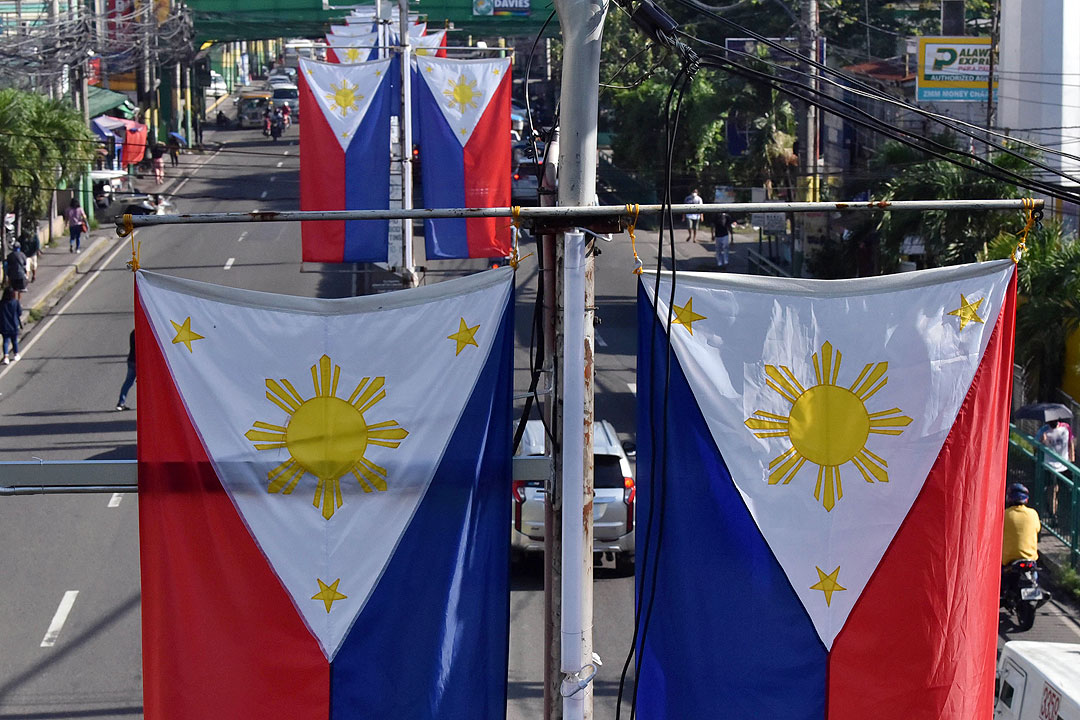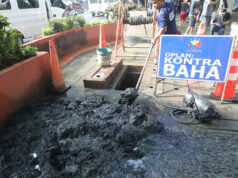PHL to develop 2 trade corridors with Brunei, seeks supply security

By Kyle Aristophere T. Atienza, Reporter
PHILIPPINE President Ferdinand R. Marcos, Jr. said on Wednesday that his country and Brunei would focus on developing two economic corridors, one of which would cover parts of Mindanao and Palawan, in a bid to boost their integration into regional supply chains.
An economist said this is an important development in minimizing the country’s exposure to potential supply chain disruptions should the trade war between the United States and China flare up.
“I am pleased to highlight that the Philippines and Brunei are particularly focused on two key economic corridors: the West Borneo Economic Corridor, encompassing Brunei Darussalam, and the Greater Sulu-Sulawesi Corridor, covering Palawan and parts of Mindanao,” Mr. Marcos said at a business forum in Brunei, based on a transcript from his office.
These corridors are “strategically designed to integrate production with supply chains, offering abundant opportunities for SMEs to flourish.”
The Philippine leader began his two-day state visit to the petroleum-rich country on Tuesday.
The economy of the Philippines expanded by 5.3% last year, while that of Brunei grew by 1.4%.
Mr. Marcos, at the business forum, also cited the potential of his country’s minilateral economic cooperation with Brunei and two other members of the Association of Southeast Asian Nations (ASEAN) to build a production hub in the region.
Investors should look at the Brunei Darussalam–Indonesia–Malaysia–Philippines East ASEAN Growth Area (BIMP-EAGA), which he said was “a beacon of economic integration and development within ASEAN.”
It could pave the way for “a unified ASEAN production base,” Mr. Marcos said.
The intergovernmental economic cooperation program could enable “robust supply and value chains while supporting the development of small and medium-sized enterprises (SMEs) in key productive sectors.”
He said the four-way grouping “sees incredible potential” in agribusiness, renewable energy, and the Halal supply chain.
“With the region experiencing a steady rise in population and income, the market for goods and services is expanding rapidly and significantly,” he added. “This growing market presents numerous opportunities for businesses and investors to capitalize on.”
John Paolo R. Rivera, president and chief economist at Oikonomia Advisory & Research, Inc., said boosting the Philippines’ integration into the BIMP-EAGA and exploring more ASEAN-centered partnerships would make the country resilient in the face of heightening geopolitical tensions and economic risks inside and outside the region.
“If neighboring countries cooperate, risks from other regions threatening their economies are reduced,” he said in a Facebook Messenger chat, citing the ongoing trade war between the United States and China.
The Marcos administration is on a mission to forge more economic partnerships with friendly nations amid increasing tensions with China, which claims the South China Sea almost in its entirety including waters within the Philippines’ exclusive economic zone.
However, Leonardo A. Lanzona, who teaches economics at the Ateneo de Manila University, warned against the absence of a guiding policy that may render these partnerships as “disjointed and confusing programs.”
“All of these economic agreements are necessary but are not sufficient,” he told BusinessWorld via Messenger chat.
Mr. Lanzona said the Philippines must create a comprehensive industrial policy “under which all of these international agreements are subsumed.” “Without this policy, all of these agreements are just for show,” he said.
INT’L TRADE LANDSCAPE
China is the Philippines’ largest source of imports and second-largest export market. On the other hand, the United States, a major defense ally that has backed Manila amid Beijing’s intrusions at sea, is the largest destination of Philippine products and the fifth-largest source of imports.
The US and China have been locked in a trade war since 2018, when former President Donald J. Trump slapped investment controls and tariffs on hundreds of billions of dollars’ worth of Chinese products due mainly to alleged unfair trade practices by Beijing.
US President Joseph R. Biden, Jr., who is running for his last reelection, has kept the tariffs and imposed more restrictions. He has called the US-China conflict “a battle between the utility of democracies in the 21st century and autocracies.” His opponent, Mr. Trump, has vowed to impose more tariffs on Chinese goods if he wins in November.
The European Union (EU), the Philippines’ fourth largest trading partner in 2022, is also seen sliding into a trade conflict with China as it investigates whether Chinese electric vehicles have been unfairly subsidized by Beijing. The EU’s trade deficit with China hit €300 billion last year.
China, in return, has hinted at restricting the entry of European luxury cars as well as hog meat.
The Philippines on Tuesday said it had signed several deals with Brunei to boost ties in food security, agriculture, tourism, and maritime domain.
Mr. Marcos said he expects the renewal of a Memorandum of Understanding with Brunei to boost trade in food products and services.
“With [its] rich agricultural resources, the Philippines benefits immensely from Brunei’s established halal certification system,” he added. “This partnership promises to create a robust halal industry, offering mutual benefits for our nations.
Muslims account for about 12 million of the Philippines’ nearly 120 million people, according to data from the National Commission for Muslim Filipinos.
PEACEFUL RESOLUTIONS
In a briefing with the Philippine media, Mr. Marcos said his meeting with Brunei’s Hassanal Bolkiah “was really more about trade” although cooperation on peace in the region was also discussed.
“We talked about strengthening the partnership and streamlining the processes in BIMP-EAGA,” Mr. Marcos said.
On the diplomatic side, the Philippine leader said his Brunei counterpart and he agreed to endorse peaceful resolutions to any conflict in the Indo-Pacific region.
“The closest we came to any kind of defense agreement was really a diplomatic document that expresses the understanding that we both endorse a peaceful resolution to any conflicts between our two countries and in the region,” he said, based on a transcript from his office.



